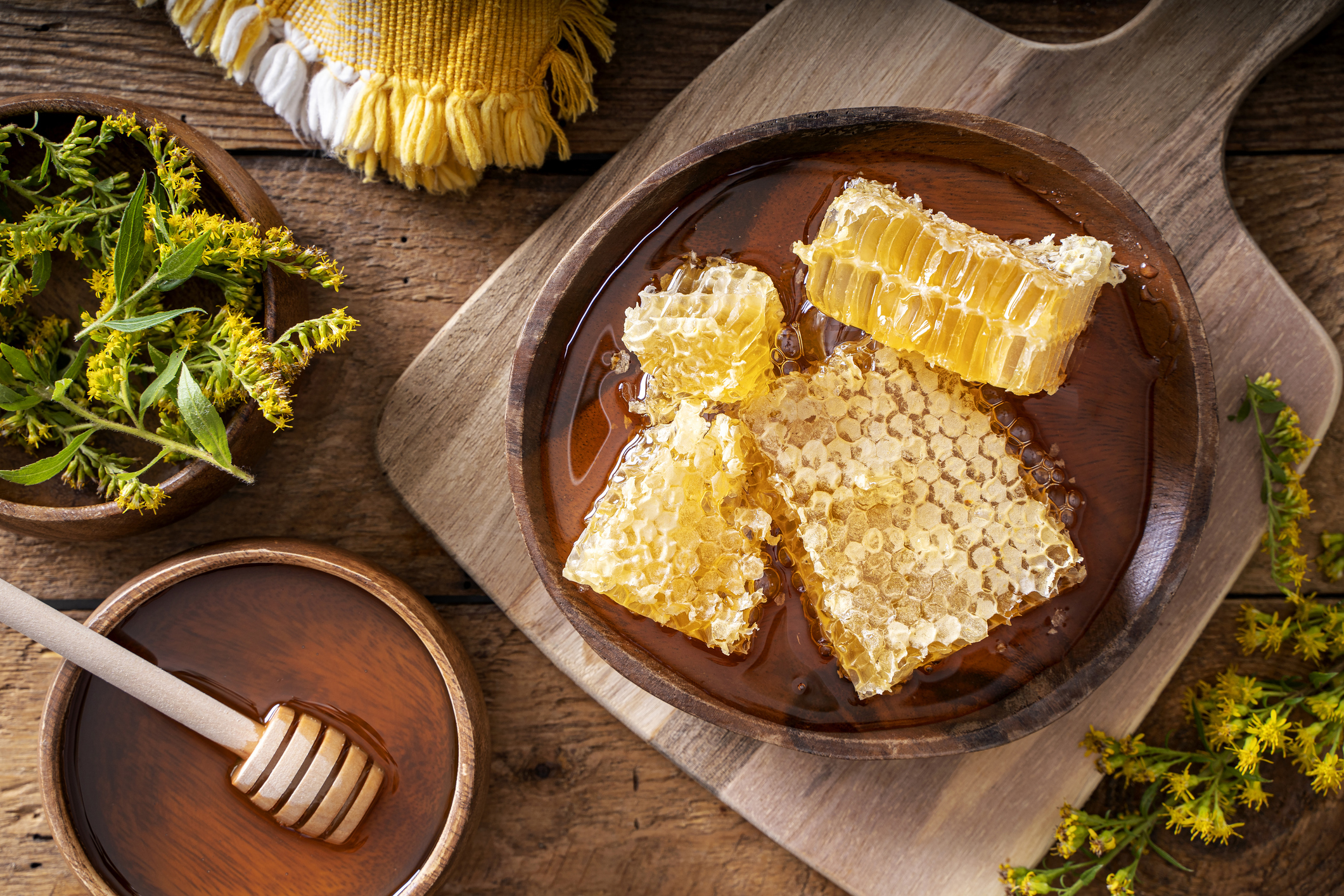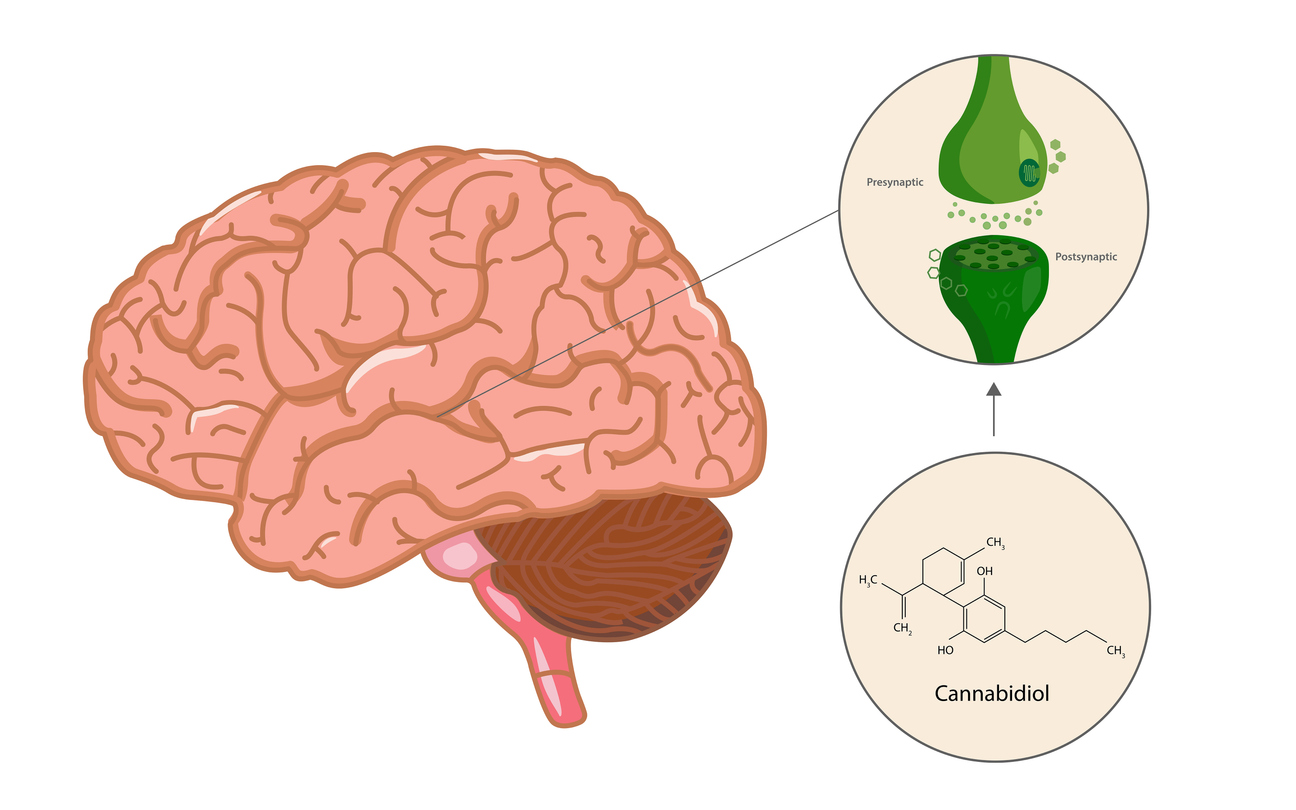For years, folks have been using local raw honey to decrease symptoms of seasonal allergies. The mechanism of action is the presence of small amounts of pollen from nearby plants in honey, which help the immune system desensitize to these allergens over time.
When used topically, honey has definitive anti-microbial effects. However, taken orally on a regular basis over time, it may help to diminish the severity of seasonal allergy symptoms. Common dosages are one to two teaspoons per day. It’s important to note that you must start to take honey well before allergy season hits—maybe as much as two to three months prior. Be sure the source of honey is local, raw and unprocessed to ensure the presence of pollens from nearby plants.
Note: Honey should never be given to infants under one year of age due to risk of botulism.
Honey therapy for seasonal allergies has become more popular since the risk of long term use of antihistamines has been revealed. Anticholinergic drugs including antihistamines are associated with an increasing risk mild cognitive impairment and may progress to dementia with stronger anticholinergics. I find it concerning that many of my clients are encouraged to take a daily antihistamine by their doctors. I would first recommend daily use of quercetin, vitamin C, and bromelain as a first line of defense in reducing allergy symptoms. I’m always happy to see patients successfully discontinue their use of antihistamines.
Finally, honey is sugar and can worsen any existing metabolic abnormalities like metabolic syndrome, prediabetes, diabetes, and fatty liver disease. A qualified nutritionist can guide you in determining if daily honey intake is appropriate.
To your health!
Leyla Muedin, MS, RD, CDN




